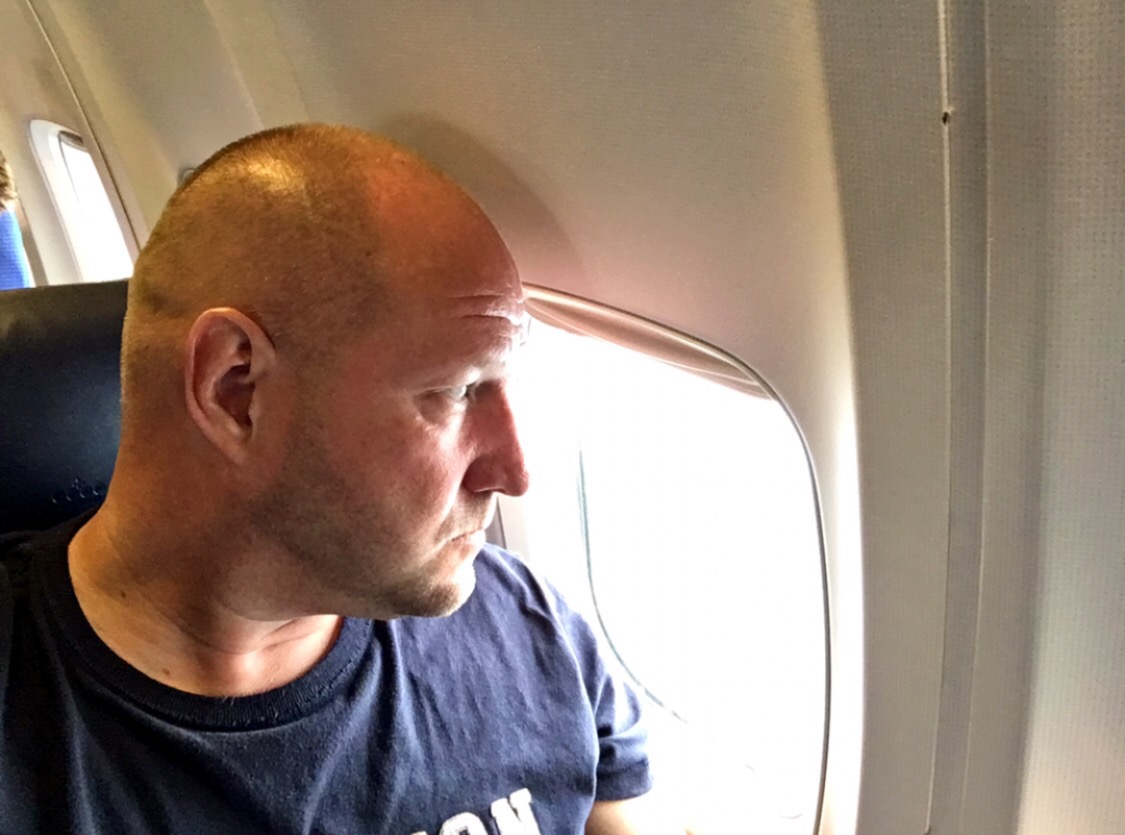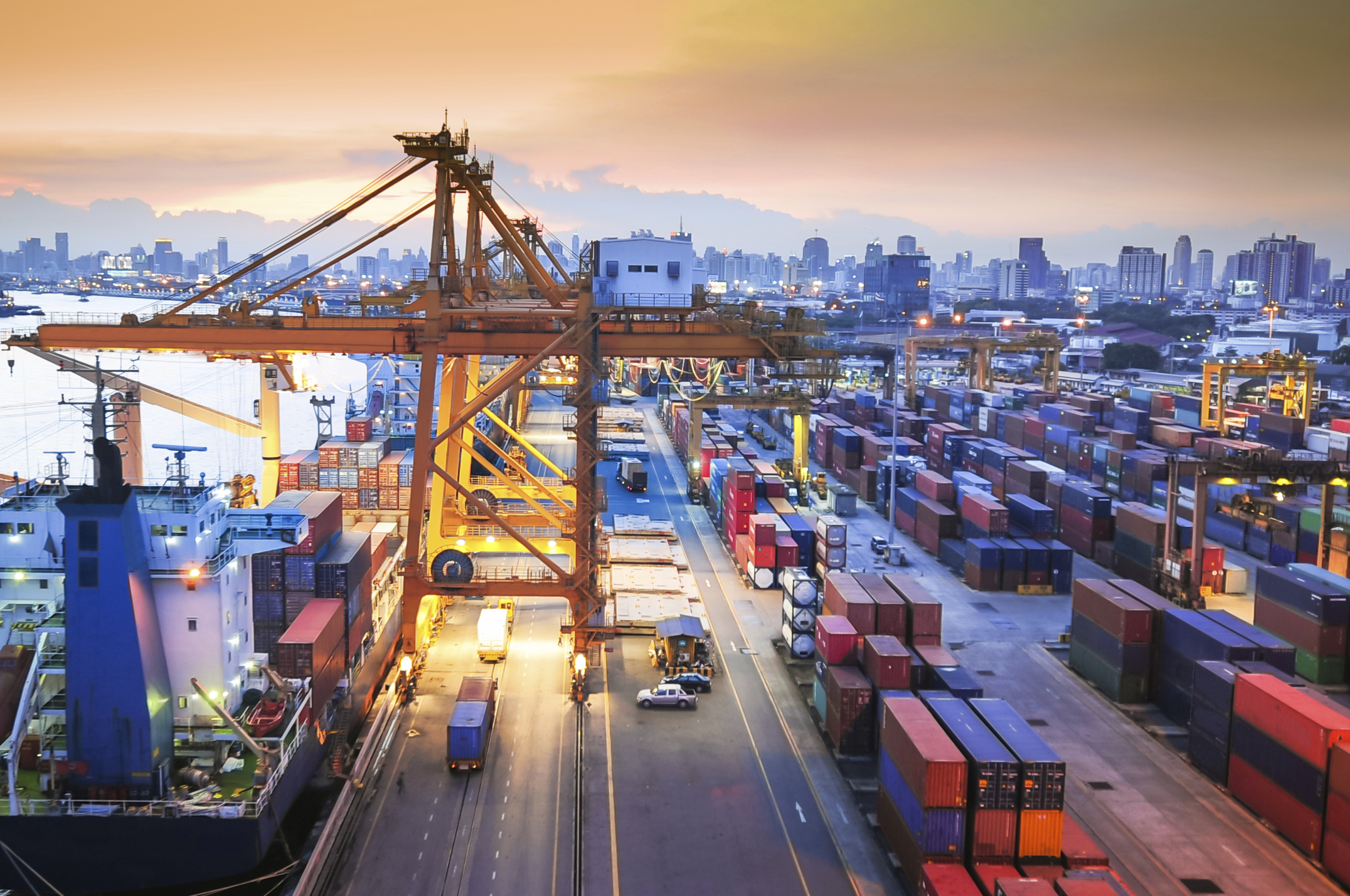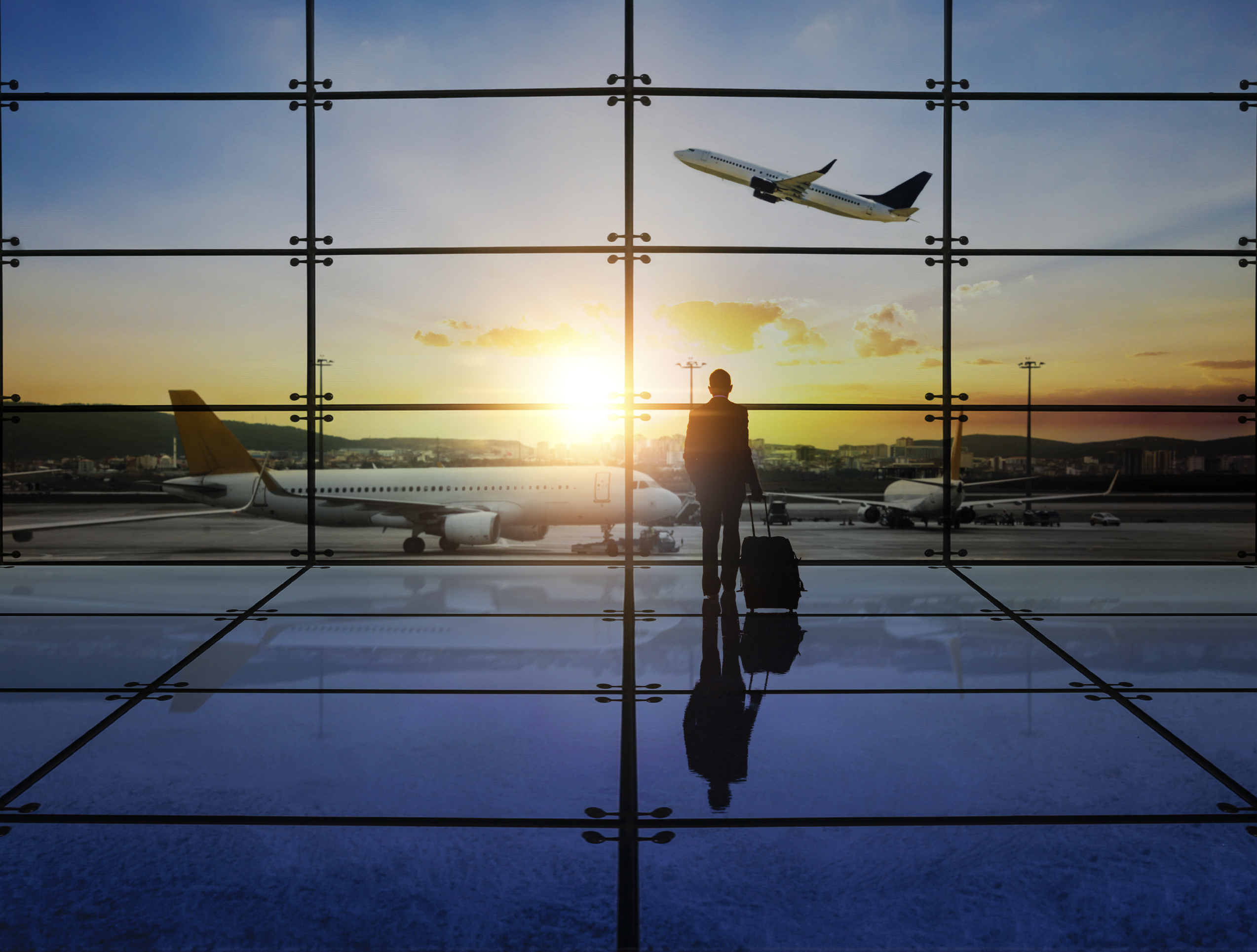Today my club Malmö FF officially became Swedish Champions in soccer winning the Lennart Johansson trophy for the 20th time, more than any other Swedish club.

The trophy was handed over by Zlatan Ibrahimovic, who started his career in Malmö FF, at our stadium tonight.

It was a magic moment. Our third title in four years and our second in a row.
Bourlouris-sur-mer in Saint Raphael, France is our retreat, our paradise. We go here to relax, enjoy, think and reload our batteries. I love the place. We have so many friends here and the land, people, food, wine is amazing.

At the foot of the red Esteral mountains and 50 meters from the Mediterranean Sea we are at home.

Every morning we take a walk by the sea, across the cliffs on to the beach.

We walk to the coty center and we buy coffee, warm tomatoes and our baguette, stopping by to exchange a few words with the locals.

In the evening we sit on our patio or by the sea and just – live.










You must be logged in to post a comment.